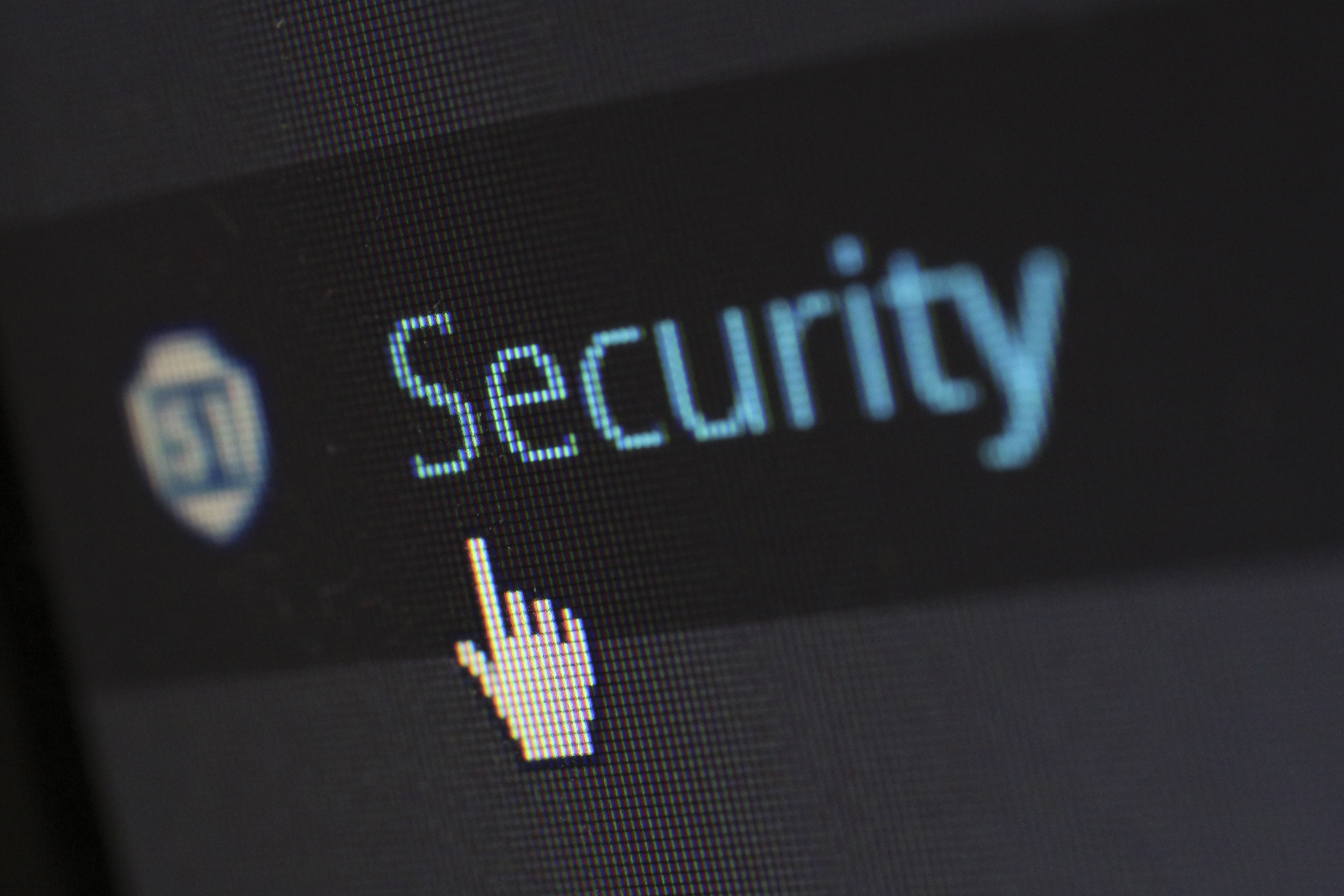Hello, everyone! It has been quite a long while since my website went offline because of hackers. Because I had been too busy with other things that require my utmost attention, I was not able to fix my website for a long time. But now that The Writer Mom is back online, I would like to warn everyone that hackers are still out there and phishing on innocent people who wish to visit my website. In fact, I found that I cannot use www.thewritermom.com as my official link because it is still not safe. When I open that link in Chrome, a warning appears: Deceptive site ahead. In this regard, I would like to ask everyone who wish to read articles on my website to please be wary and type only https://thewritermom.com instead of www.thewritermom.com when trying to visit my website. I have installed SSL on my website to make sure it is safe for everyone who wish to drop by my online portal.
Thewritermom.com is not the only website that has fallen victim to hackers. There are many others out there that are going through the same problem. In fact, one of my international clients on content writing also went through the same predicament months ago. Are you going through the same problem, too? I will discuss some of the things I have learned to protect our websites from hackers, but first, let us understand phishing and other forms of cyber attacks and how they can affect websites of all sizes.
What is Phishing and How Does It Affect Websites?
Phishing is a sophisticated form of cyber attack. This fraudulent method is used by hackers to gather personal information from website visitors. This is a global problem and all types of websites, even websites of the biggest banks in the world, are vulnerable to it.
Phishing attacks may come in different forms. These may include website cloning, email phishing, pharming, dropbox phishing, spear phishing, Google docs phishing, and many more. In all of these types of phishing, the common denominator is the disguise. They may create a website that looks so much like the one trusted by visitors and then lure them to input their sensitive information, or they may send out emails and ask unsuspecting people to click on links that contain malware.
Phishing attacks can have adverse effects on websites, particularly those used for businesses. Such fraudulent moves can result to lots of downtime, loss of trust from clients, and bad reputation on Google and search engines, which can in turn lead to loss of business opportunities. Fortunately, there are ways to protect websites from phishing attacks and malware injection.
How to Protect Your Website from Phishing Attacks and Malware Injection
Always aim to protect your website from phishing attacks and malware injection! I learned this the hard way and it cost me much. Imagine the frustration of putting so much effort on creating your website, putting quality content on it, then just losing it to attackers in just one click of their mouse! If you are reading this blog of mine today and do not want to go through the hassles of having a hacked website, then heed my word and do all possible ways to protect your website from cyber attackers. First step: use Hyper Text Transfer Protocol Secure (HTTPS) for your websites. You can do this by installing an SSL certificate on your website. HTTPS can help secure your website by preventing unauthorized access on sensitive data.
Another way to secure your website is to use secure passwords and to keep it updated on a regular basis. As much as possible, use passwords that are extremely hard to crack by attackers. Strong passwords may include special characters, numbers, and a combination of capital and small letters. In addition, refrain from using the same passwords across all your other online systems.
Keeping the content management system you are using up to date is also another way of keeping your website secure. Whether you are using Magento, Joomla, or Wordpress, it is highly recommended to update them from time to time. Likewise, be wary of installing free themes and plugins on your website. I think this is where I went wrong last time. I used to skip on paid themes and plugins and just used whatever was free to use. In the end, I suffered the consequences. Free themes and plugins may contain malicious codes meant to induce malware into your website. If you can, use premium or paid themes or better yet, hire a developer to create a customized website for you.
Perform regular back-ups on your website. Again, this is where I went wrong. Because I have no back-ups, I lost my website and had to start again from scratch. Back-ups can help you restore your website easily if it goes down because of hackers.
Use a site shield and web application firewall to secure your website and keep attackers at bay. A site shield can keep you posted on attacks and website issues while a web application firewall can help you detect malware and remove it, keeping your website secure at all times.


